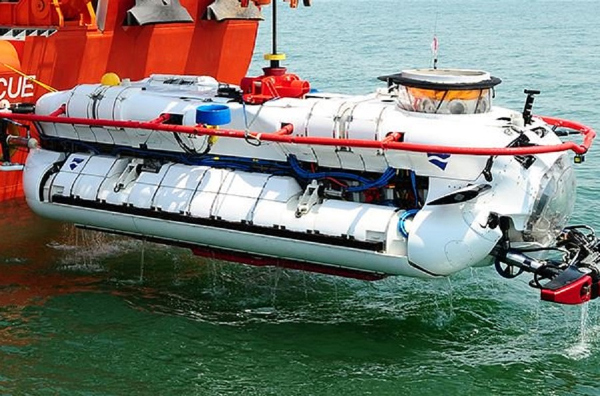Visakhapatnam: A Deep Submergence Rescue Vehicle (DSRV) complex was inaugurated at Visakhapatnam by Vice-Admiral Atul Kumar Jain, flag officer commanding-in -hief of Eastern Naval Command (ENC) on Wednesday. The DSRV Complex is designed to accommodate the newly-inducted Submarine Rescue System with state-of-the-art facilities to store DSRV assets in a rescue-ready state.
The DSRV system consists of a Submarine Rescue Vessel, a Remote Operations Vehicle, Side Scan Sonar and associated equipment. It also has Diver Decompression Chambers and hyperbaric medical equipment to decompress submariners after being rescued from a sunken submarine. The DSRV system can be rapidly mobilised by air or road to facilitate submarine rescue operations even at distant locations.
The Indian Navy has inducted two such systems, which will provide rescue cover to submarines on the western and eastern coasts. Currently, there are about 40 nations that operate submarines, out of which only a few have any form of submarine rescue capability. The third generation Indian Navy submarine rescue capability can be called upon to assist during submarine contingencies of other navies in the Indian Ocean Region (IOR).
In another development, Commodore Neeraj Uday took over as Commanding Officer of INS Kalinga, the premier Missile Base of Indian Navy from Cmde Rajesh Debnath at a ceremonial parade on Tuesday. He also assumed duties of station commander of Naval Station Bheemunipatnam.
Source: ToI
You may also like
-
IAF Aircraft Set Course For Exercise Eastern Bridge VII At Oman
-
IAF Set To Host The Indian Defence Aviation Exposition-II At Jodhpur
-
Defence Secretary to co-chair 5th India-Philippines Joint Defence Cooperation Committee meeting in Manila
-
Simultaneous Launch Of ‘malpe And Mulki’, Fourth And Fifth Ships Of Asw Swc (Csl) Project
-
Aatmanirbharta in Defence: MoD signs Contract with HAL for 240 AL-31FP Aero Engines for Su-30MKI Aircraft
